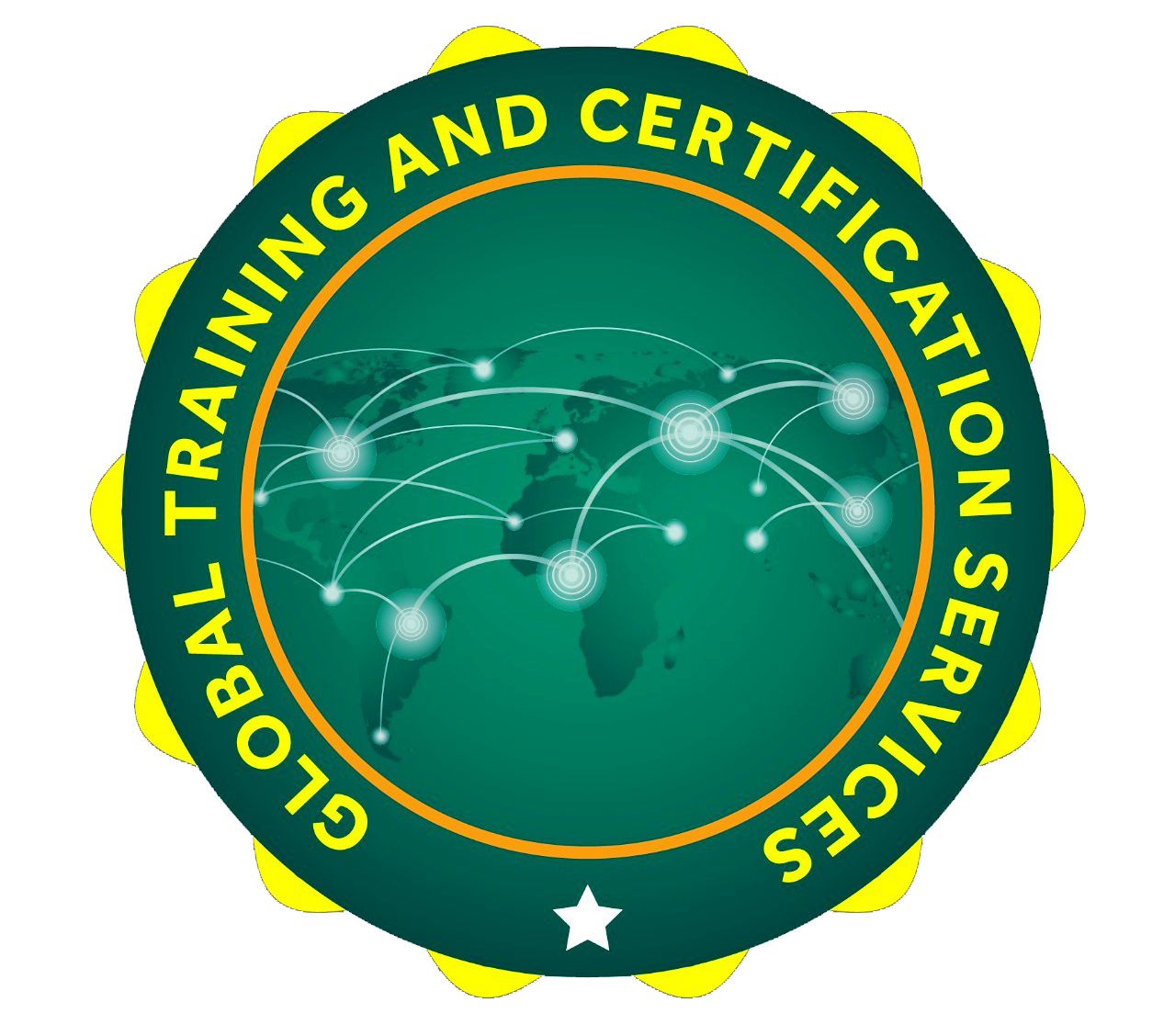
ISO 1518 Paints and varnishes — Determination of scratch resistance
The QualCert ISO 1518: Paints and Varnishes — Determination of Scratch Resistance course is designed to provide professionals with the essential knowledge and skills to determine the scratch resistance of coatings, in accordance with the ISO 1518 standard. This course covers both theoretical concepts and practical skills to ensure coatings meet the required durability standards.
Course Overview:
The QualCert ISO 1518 course delves into the internationally recognized methods for assessing the scratch resistance of paints and varnishes. It covers the standard procedures for performing scratch tests, interpreting results, and understanding their implications for product quality and performance. The course equips participants with the tools and knowledge necessary to determine how coatings respond to physical wear and tear, which is crucial for industries such as automotive, construction, and consumer goods. Participants will learn to apply ISO 1518 effectively to evaluate scratch resistance in a range of coating materials.
Course Benefits:
- Industry-Standard Expertise: Gain a comprehensive understanding of the ISO 1518 standard and its role in evaluating scratch resistance, ensuring compliance with industry best practices.
- Enhanced Coating Durability Knowledge: Learn how to assess and interpret scratch resistance to improve the durability and quality of paints and varnishes.
- Improved Product Quality: Equip yourself with the skills to determine if coatings meet the necessary specifications for durability, helping to enhance product performance.
- Career Advancement: This certification adds value to your professional portfolio, opening up new career opportunities in the coatings, manufacturing, and quality assurance sectors.
- Practical Skills: Master the practical techniques used in scratch resistance testing, which can be applied in laboratories or production environments.
Course Learning Outcomes:
Introduction to Scratch Resistance Testing
- Understand the significance and applications of scratch resistance testing in the coatings industry.
- Explore the background, scope, and objectives of ISO 1518, and its role in standardizing scratch resistance testing procedures.
- Identify key factors affecting scratch resistance, including material properties, surface characteristics, and environmental conditions.
Principles of ISO 1518
- Define key terms and concepts in ISO 1518, such as scratch tools, testing parameters, conditions, and evaluation criteria.
- Review various types of scratch tests, including scratch adhesion, scratch hardness, and scratch abrasion tests, and their relevance to assessing coating performance.
- Learn how to interpret test results by analyzing scratch patterns, depth, width, and severity to evaluate coating resistance to mechanical damage.
Experimental Setup and Procedures
- Prepare test specimens by applying appropriate surface preparation techniques, coating application methods, and selecting suitable test panels.
- Set up scratch testing equipment, including selecting and calibrating scratch tools, and ensuring the accuracy and reliability of instruments.
- Conduct scratch tests following ISO 1518 guidelines to ensure consistent and repeatable results.
Evaluation and Analysis
- Visually assess scratches to identify patterns, evaluate coating damage, and quantify scratch severity using standardized evaluation criteria.
- Utilize advanced measurement techniques, such as microscopy and profilometry, to precisely measure scratch depth, width, and other relevant parameters.
- Analyze scratch resistance data using statistical methods, correlating findings with coating properties to make performance predictions.
Factors Influencing Scratch Resistance
- Assess the impact of material factors, including coating composition, formulation, and curing conditions, on scratch resistance.
- Recognize the importance of surface preparation in achieving optimal scratch resistance, considering cleanliness, roughness, and substrate type.
- Evaluate the influence of environmental factors like temperature, humidity, and mechanical loading on the scratch resistance of coatings.
Applications and Case Studies
- Apply scratch resistance testing in real-world scenarios across various industries, such as automotive coatings, industrial coatings, architectural paints, and consumer products.
- Analyze case studies to understand how ISO 1518 is used to enhance coating performance and assess scratch resistance in diverse applications.
- Explore emerging trends in scratch resistance testing, including new methodologies and advanced instrumentation, and discuss future developments in the field.
Study Units:
- Introduction to Scratch Resistance Testing
- Principles of ISO 1518
- Experimental Setup and Procedures
- Evaluation and Analysis
- Factors Influencing Scratch Resistance
- Applications and Case Studies
Who is This Course For?
This course is designed to serve a wide range of professionals with an interest or responsibility in the coatings industry, as well as individuals looking to expand their knowledge of scratch resistance testing in paints and varnishes. The course is particularly beneficial for the following target audiences:
- Coatings Industry Professionals: Individuals working in paint manufacturing, coating application, quality control laboratories, and related sectors will find this course highly valuable. This includes chemists, engineers, technicians, quality assurance personnel, and production managers involved in coatings formulation, testing, and application.
- Materials Scientists and Researchers: Researchers, graduate students, and scholars specializing in materials science, surface engineering, polymer chemistry, and related fields will gain a deeper understanding of scratch resistance testing principles and methodologies. This course provides a solid foundation for conducting research and experimentation in coatings technology.
- Quality Control and Regulatory Compliance Professionals: Those responsible for ensuring product quality and regulatory compliance in the coatings industry will find this course essential. Compliance officers, regulatory affairs specialists, and quality assurance managers will be able to apply the standardized testing procedures outlined in ISO 1518 to ensure adherence to industry standards.
- Educators and Trainers: Instructors and trainers teaching courses in coatings technology, materials science, surface characterization, or quality assurance can use this course as a valuable resource to enhance their curriculum. By integrating ISO 1518 principles, educators will better prepare students for careers in the coatings industry and related fields.
- Engineering and Design Professionals: Engineers, architects, product designers, and others involved in specifying coatings for applications in automotive, aerospace, architecture, or consumer products will benefit from understanding how scratch resistance impacts coating performance. This knowledge helps professionals make informed decisions when selecting coatings and designing products with improved durability.
Future Progression:
Completing the QualCert ISO 1518 Paints and Varnishes — Determination of Scratch Resistance course opens up multiple career advancement opportunities:
- Advanced Roles in Quality Control and Assurance: With expertise in testing and evaluating coating durability, you can move into senior positions within quality control or assurance teams in coatings manufacturing.
- Research and Development Leadership: With a deeper understanding of scratch resistance, professionals can take on leadership roles in R&D, driving innovation in new coating technologies.
- Consultancy and Advisory Services: Those with certification in ISO 1518 can offer consulting services to manufacturers and coatings companies, helping them develop products that meet global standards.
- Industry Certifications and Specializations: This course serves as a stepping stone to additional certifications and specializations in coatings technology and materials science.
By gaining proficiency in ISO 1518 testing standards, professionals will be well-equipped to contribute to the development of high-quality, durable coatings for various applications, enhancing both product performance and their career prospects.






